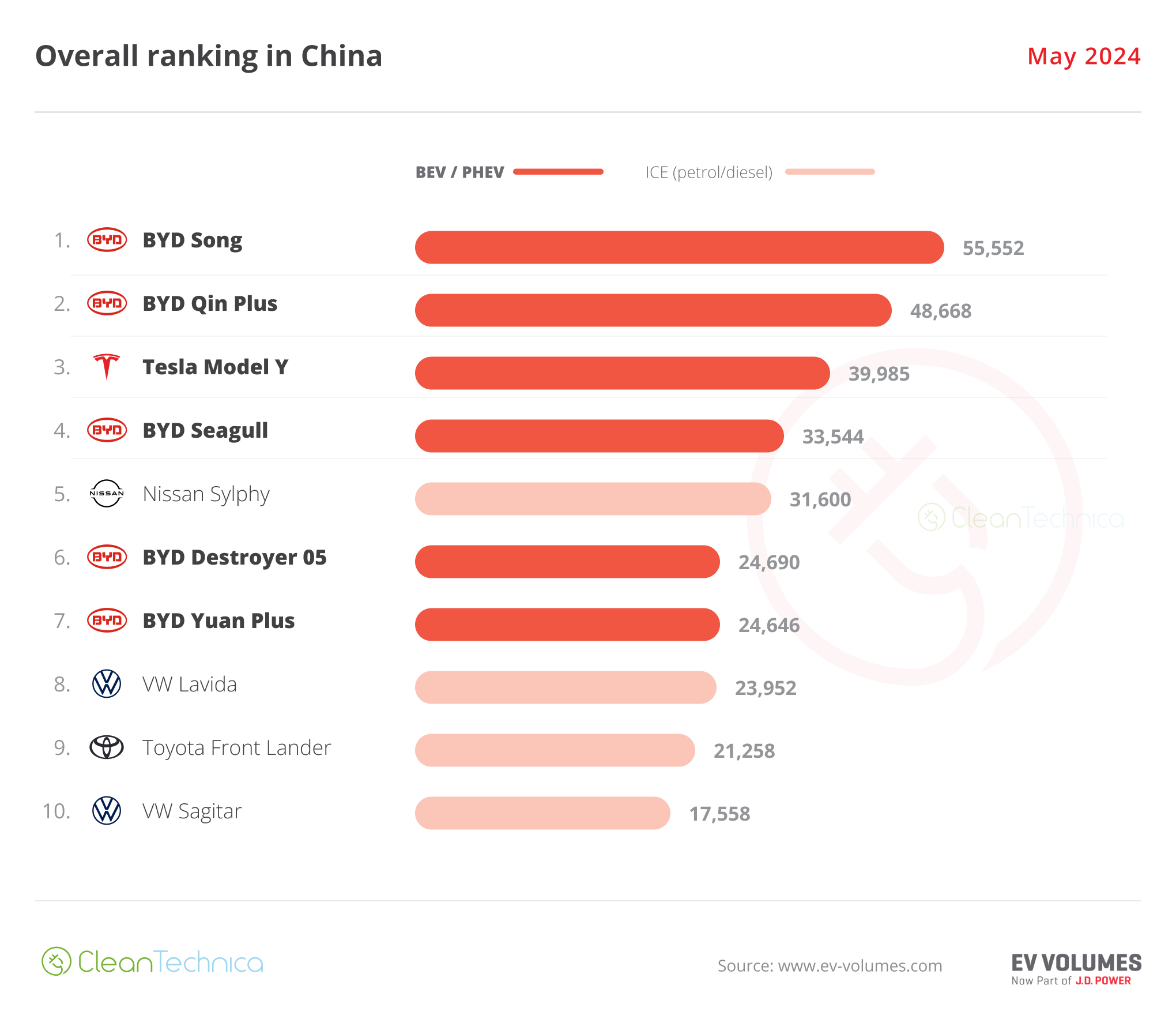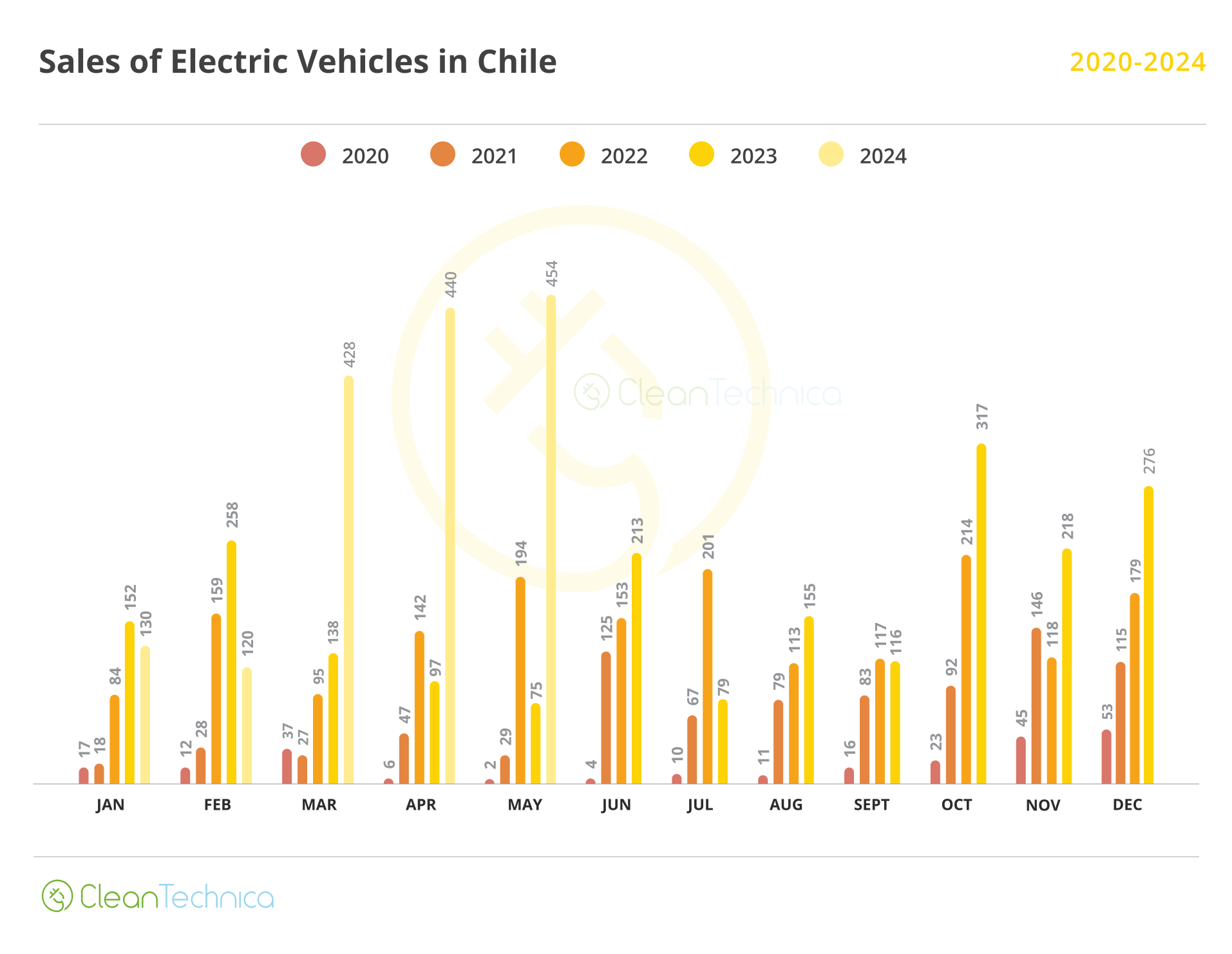(Reuters) – Shell expects its Australian supplies of liquefied natural gas (LNG) to help meet demand from emerging markets in south and southeast Asia, which are tipped to absorb some of the pick up in global supplies towards the end of this decade.
Asian spot LNG prices rose last week to the highest levels since January as hot weather across the region spurred demand for the super-chilled fuel.
“That combination of decarbonisation, and declining domestic production (will drive LNG demand growth),” Cecile Wake, Country Chair at Shell Australia told Reuters on the sidelines of the Australian Energy Producers Conference on Wednesday.
Wake expects Philippines, Thailand, Vietnam and Bangladesh to be key demand growth markets.
“I think, we describe it as latent demand in south and southeast Asia,” Wake said, adding that global LNG markets were “finely balanced” this year.
Wake said Shell’s internal assessment of demand prospects in Asia was why it was deeply committed to the Australian market.
“We see ourselves competitively positioned to Asian markets. It is about maintaining that supply position, ensuring that we’ve got high utilization, high reliability of our LNG assets here,” she said.
Wake said Shell was pleased with how its flagship floating LNG facility Prelude came out of its statutory shutdown in Australia.
Prelude, whose deck is longer than four soccer fields, was the world’s first floating LNG facility estimated to have cost over $12 billion. It has suffered a string of outages since it started production in June 2019, including a fire that led to a full power loss in December 2021.
But on Tuesday (May 21) the head of state utility Eskom said talks were being held with groups funding the country’s efforts to decarbonize over delays to the closure of some coal-fired power plants.
“The volumes this year are of course anticipated to be higher than last year because it doesn’t have a statutory turnaround. It has come out of that statutory shutdown with both higher reliability and a much tighter band of where we think the performance range is,” Wake said.
“There’s no major statutory shutdowns this year or next. The next major shutdown will not be until 2026, at this stage,” she said.
Share This:
Next Article




